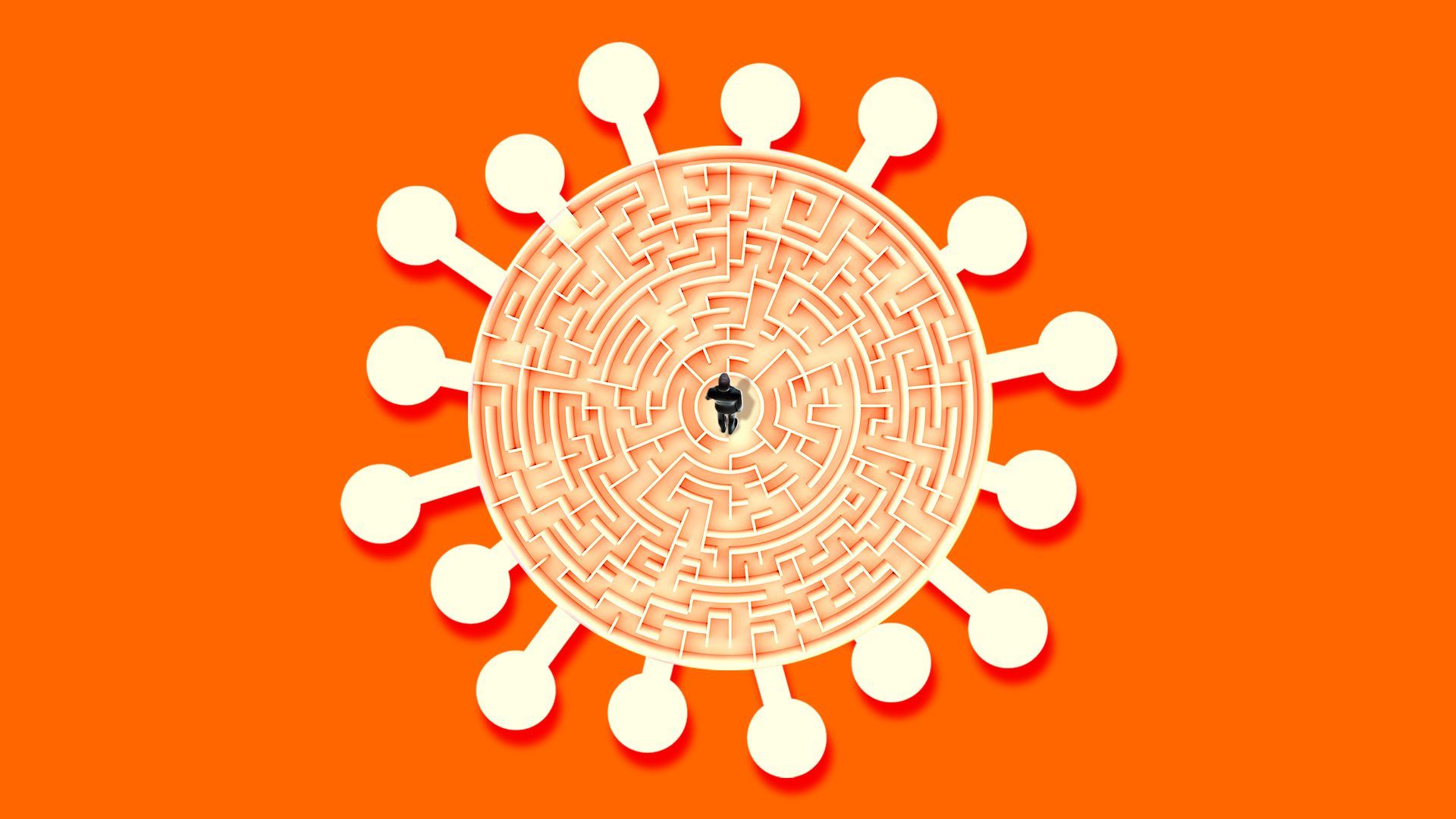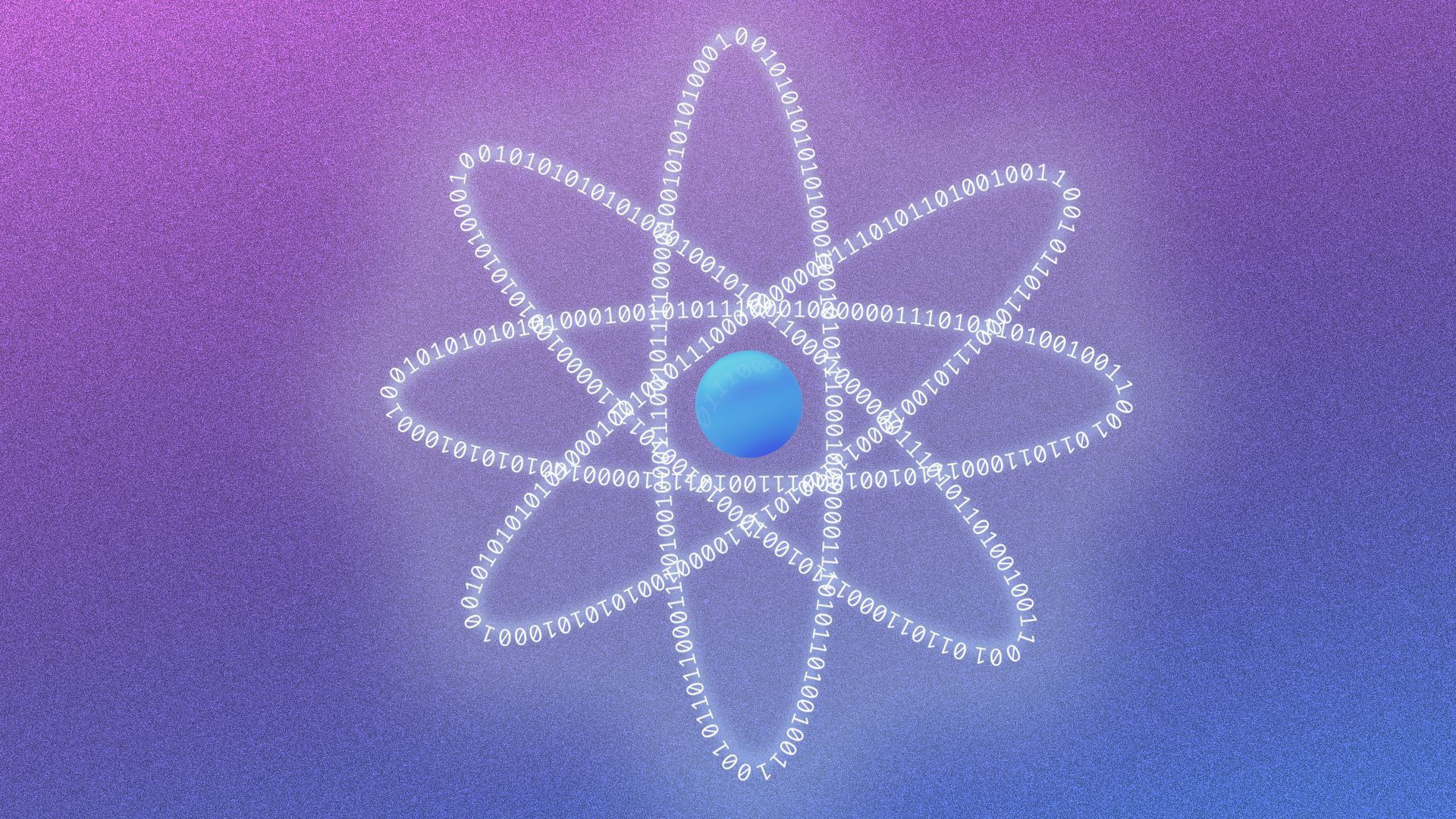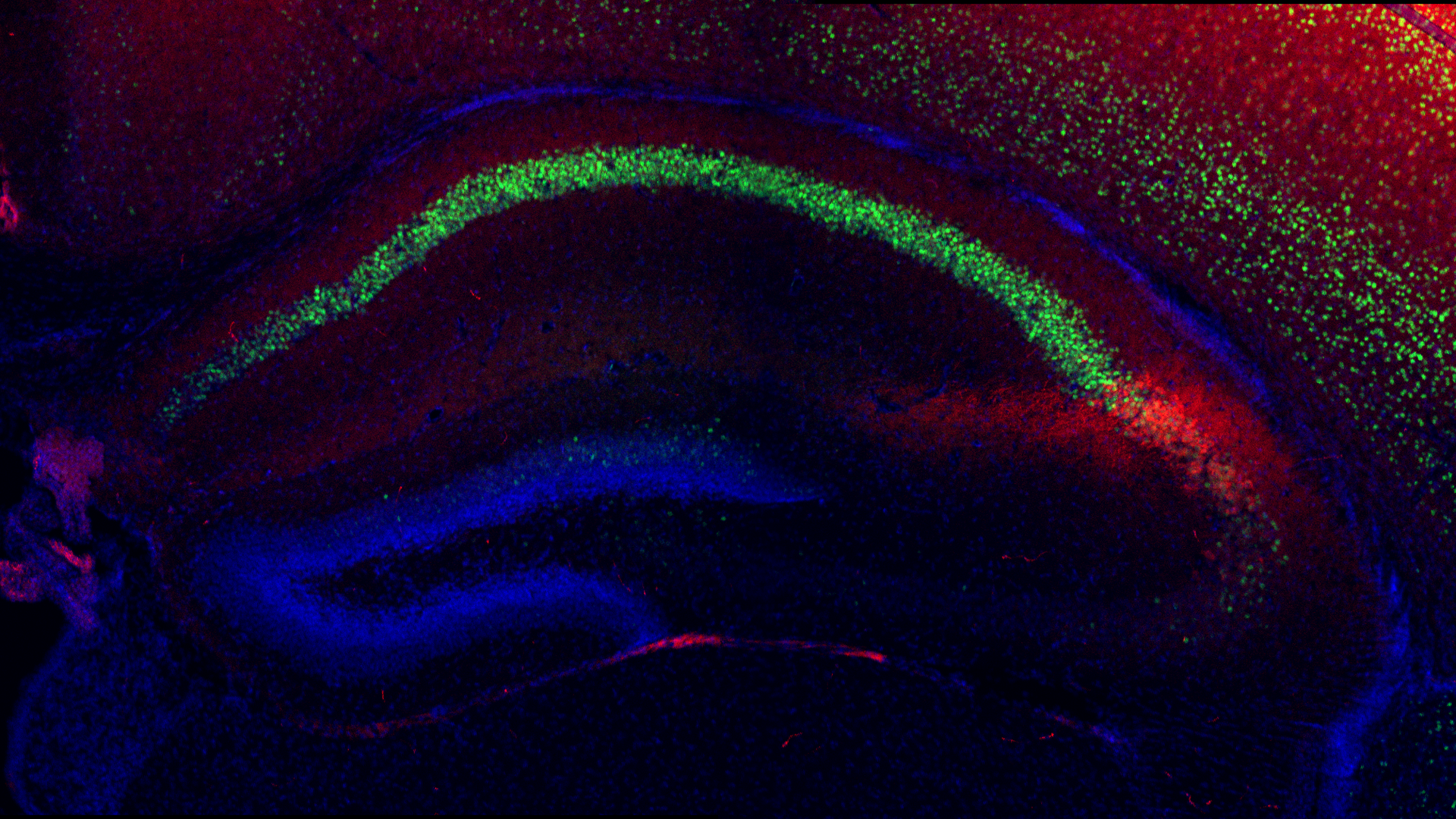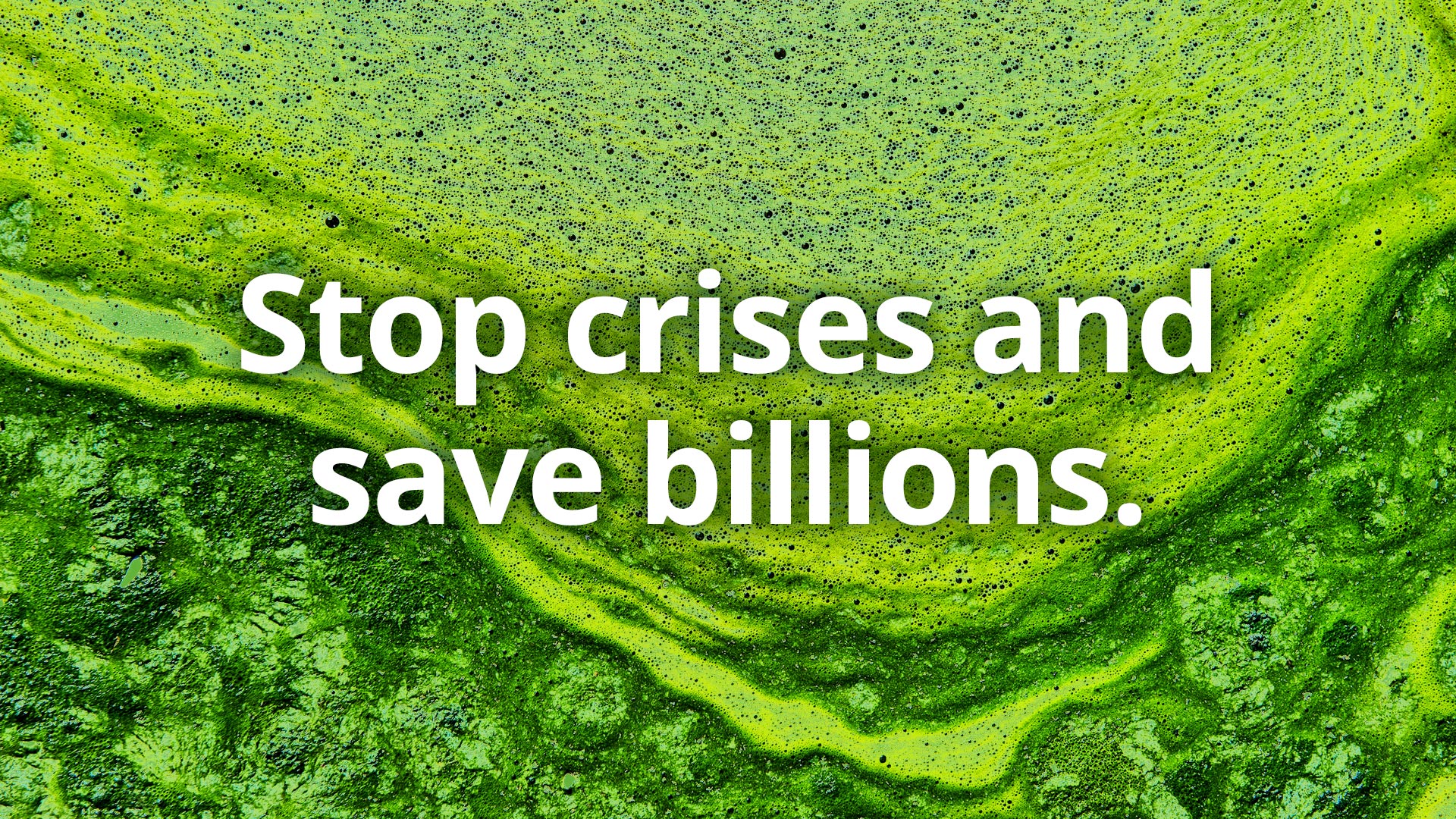| | | | | | | Presented By OurCrowd | | | | Axios Science | | By Alison Snyder ·Jan 28, 2021 | | Thanks for reading Axios Science. This week's newsletter — about the long COVID-19, social memories and more — is 1,734 words or about a 6½-minute read. | | | | | | 1 big thing: The long COVID-19 maze |  | | | Illustration: Annelise Capossela/Axios | | | | Millions of COVID-19 survivors worldwide — even those who had mild illness — are reporting long-term symptoms months later, including brain fog, persistent exhaustion, and lung, heart or kidney damage, Axios' Eileen Drage O'Reilly writes. Why it matters: For too long, these long-haulers, as they call themselves, have not been taken seriously enough by providers and researchers, some doctors tell Axios, adding that there's an urgent need for dedicated research in order to treat patients with lingering symptoms. Doctors started to realize long COVID was a problem last spring, and yet "there's little to show for it," says cardiologist Eric Topol, founder and director of Scripps Research Translational Institute. "I'm very disheartened about how poor the attention has been to this." What's happening: Many providers and health care systems initially dismissed the symptoms as related to something else, but growing evidence points to SARS-CoV-2 as the culprit in many cases. - A study published in The Lancet looked at people who had severe COVID-19 illness in China and found that six months later, 75% continued to experience at least one symptom.
- A preprint study in medRxiv, not yet peer reviewed, surveyed 3,762 self-described long-haulers from 56 countries, with symptoms after the onset of what was likely COVID-19. Six months after first becoming sick, almost half were unable to work full time and 22% weren't working at all. 88% had cognitive dysfunctions or memory loss, and most had multiple symptoms.
- Fragments of SARS-CoV-2 have been found in multiple organs, and the Mayo Clinic reports they've seen frequent complaints of long-term persistent headaches, loss of smell (anosmia) and taste (ageusia), and trouble sleeping.
- Mayo found some patients had organ damage, including injured heart muscle, causing myocarditis, palpitations and fast heartbeats; scarred lung tissue, leading to breathing problems; and neurological damage, causing brain fog, strokes, seizures and Guillain-Barre syndrome.
Between the lines: There are other viruses that either cause long-lasting symptoms, such as Epstein-Barr, or stay in the system where they can reactivate and trigger later complications, like varicella-zoster. - It is unknown if SARS-CoV-2 can hide in the system, but a recent, early study of animals in the journal Viruses indicates this could be a possibility.
- The cause of long COVID needs to be discovered before targeted therapies can be made, says Neha Dangayach, director of neuroemergencies management and transfers for the Mount Sinai Health System.
- "Is it a reactivation of the virus? Is it an immunological response or a persistent immunological response to the initial viral exposure? Or is it a recirculation of the viral particles that trigger some of these symptoms?" Dangayach asks.
There are also many questions about why some people develop long COVID-19 and others don't. - "Why you, and not me? Why do [some] 80-year-old people who get COVID die, and some survive? Why do some 20-year-old people who get COVID need a double lung transplant, whereas 90% of all the others have no symptoms? We don't know," says Igor Koralnik, chief of neuro-infectious diseases and global neurology at Northwestern Memorial Hospital, who started a long COVID clinic in May.
- Topol says they need to figure out whether early treatments like monoclonal antibodies may help diminish the chance of long COVID.
What's next: Long COVID is becoming a higher priority, and several longitudinal studies are expected to come out soon, Dangayach says. |     | | | | | | 2. Catch up quick on COVID-19 |  Data: The COVID Tracking Project, state health departments; Map: Andrew Witherspoon/Axios "New coronavirus infections fell by 16% over the past week — the third straight week of significant improvement," Axios' Sam Baker and Andrew Witherspoon write. - "Yes, but: The U.S. is still averaging roughly 165,000 new cases per day, meaning the virus is still spreading largely unchecked. And the rise of more contagious variants will ensure that Americans' risk remains high."
The first U.S. cases of COVID-19 from virus variants initially identified in Brazil and South Africa were reported in Minnesota and South Carolina. Moderna said its vaccine stimulated antibodies against two SARS-CoV-2 variants — one (B.1.1.7) first detected in the U.K. and the other (B.1.351) in South Africa. - The amount of neutralizing antibodies produced against B.1.351 after vaccination was reduced but "above levels that are expected to be protective." The company said it will also test a new booster shot against the variant in case it is needed. Go deeper.
Worthy of your time: MIT Tech Review's Cat Ferguson and Karen Hao break down the complex systems that get vaccines from manufacturers to patients. |     | | | | | | 3. Quantum computing comes to drug discovery |  | | | Illustration: Sarah Grillo/Axios | | | | The pharmaceutical giant Roche is partnering with a quantum computing startup to find new treatments for disease, Axios' Bryan Walsh reports. Why it matters: The ability of quantum computers to model reality at the most foundational levels positions it as an ideal tool for rapidly searching for new drugs — provided, of course, the computers themselves can work. Driving the news: This morning, Roche announced it would begin using specialized algorithms produced by Cambridge Quantum Computing (CQC) to simulate quantum-level interactions in an effort to research new treatments for Alzheimer's and other diseases. How it works: CQC doesn't build quantum computers, which harness the weird workings of quantum mechanics to perform computation at extraordinary scales. Rather, it designs custom algorithms that can produce useful insights when run on a quantum computer. - Roche will use CQC's EUMEN quantum chemistry platform to simulate quantum-level interactions in an effort to identify molecular combinations that could prove effective against disease.
- Finding a new drug is akin to searching for a needle in a haystack, but the sheer speed of quantum computers can accelerate that process, saving drug companies money and hopefully getting new treatments to patients faster.
Background: Roche had previously worked with graduate students at the University of Oxford on molecular simulations, while earlier this month the European drug discovery firm Boehringer Ingelheim announced a partnership with Google on quantum computing. The catch: Powerful, quantum computers are still error-prone and unstable, which has limited their practical value. - That puts a premium on the development of custom algorithms that can get the most out of these systems.
The bottom line: "Ultimately, you need a quantum system to understand a quantum system," says CQC's CEO Ilyas Khan. |     | | | | | | A message from OurCrowd | | Proven tech could save governments billions fighting harmful algae | | |  | | | | Exponentially growing toxic algae blooms are poisoning water supplies globally and causing humanitarian crises. BlueGreen's Technology has been proven across five continents to eliminate toxic algae. Now, you can invest. Explore BlueGreen's ability to save our drinking water. | | | | | | 4. The seven similar planets of TRAPPIST-1 |  | | | Artist's impression of the view from a planet in the TRAPPIST-1 planetary system. Credit: ESO/N. Bartmann/spaceengine.org | | | | The densities of seven potentially rocky planets orbiting a star 40 light-years away are surprisingly similar, according to a new study, Axios' Miriam Kramer writes. Why it matters: The finding is unusual because the planets in our solar system have different densities. Scientists can use the new data to home in on whether these planets, which appear similar in some ways to our own but form differently, might be suitable for life. What they found: Seven planets orbiting the red dwarf star TRAPPIST-1 appear to all have similar densities, according to a new study in the Planetary Science Journal. - That measurement suggests the planets have similar ratios of iron, magnesium, oxygen, silicon and other materials.
- These planets are about 8% less dense than they would be if they had compositions like Earth's, according to NASA.
- "The TRAPPIST-1 system is fascinating because around this one star we can learn about the diversity of rocky planets within a single system," Caroline Dorn, an author of the paper, said in a statement. "And we can actually learn more about a planet by studying its neighbors as well, so this system is perfect for that."
Yes, but: These planets appear to be rocky instead of enveloped in a thick, gaseous atmosphere, but not much is known about their potential habitability. - All seven of the TRAPPIST-1 planets' orbits are within what would be Mercury's orbit around our Sun.
- While at least three of the planets orbit in an area where water could exist on their surfaces, it's not clear how conducive a red dwarf star would be to hosting life, as they are thought to be more volatile stars than our relatively mild Sun.
|     | | | | | | 5. Worthy of your time |  | | | Oceanic whitetip shark, Carcharhinus longimanus, in the Red Sea. Photo: Reinhard Dirscherl/ullstein bild via Getty Images | | | | Sharks at unprecedented risk of extinction after 71% decline (Adam Vaughan — New Scientist) The victims left behind by genetic genealogy (Jacob Stern and Sarah Zhang — The Atlantic) How ecstasy and psilocybin are shaking up psychiatry (Paul Tullis — Nature News) "Unicorn" discovery points to a new population of black holes (Jonathan O'Callaghan — Quanta) |     | | | | | | 6. Something wondrous |  | | | The CA2 region of the hippocampus in a mouse pup. Image: Blake Latham/Princeton University | | | | Mice pups can remember their caregiving mothers when just a few days old, according to new research. Why it matters: The new finding hints at the role of an often overlooked part of the brain in forming social memories that underly the interactions and relationships that shape life for many animals. Details: Blake Laham, a graduate student at Princeton University, and his colleagues placed 3-day-old mice pups in a box with mothers who were caregiving for them in one corner and mothers they had never encountered in another. (The researchers swapped the litters of mice at birth so the caregiving mothers weren't the biological mothers in order to rule out that the pups' preferences weren't based on genetic recognition.) - Most of the time, the pups, whose eyes and ear flaps were still shut, turned their heads and noses toward their caregivers, the researchers report this week in Cell Reports.
- Laham wanted to see how long the memory lasted, so when the mice were 30, 60, 100 and 150 days old — long after they were weaned and left their nest — he placed them in a box again with their caregiving mothers and in another box with mothers they hadn't met.
- The older mice remembered their mothers but preferred to explore the novel females, which Laham says may reflect the older animal's drive to reproduce and avoid threats.
The researchers then looked into the black-bean sized brains of the mice pups. - Using a virus to inhibit neurons in the CA2 subregion of the hippocampus, part of the brain associated with memory, Laham found the young mice investigated the mothers in both corners of the box but couldn't distinguish the groups.
- It was "really exciting," he says, because it showed that even though the hippocampus is immature, this region plays a key role in forming these social memories.
- The CA2 region has been overlooked for decades and is generally seen as an in-between region of the brain that doesn't do much, says Matthew Holahan, a professor of neuroscience at Carleton University who wasn't involved in the study and praised its experimental techniques.
The big question: "How critical is this region to establishing social behaviors in general?" asks Holahan. The bottom line: "Social memory makes up such a huge part of life, but we don't appreciate how important it is," says Laham. "This really simple phenomenon is crucial for society to exist." |     | | | | | | A message from OurCrowd | | BlueGreen's innovative tech could prevent environmental disaster | | |  | | | | Toxic algae blooms are expanding rapidly, poisoning our drinking water and causing billions in damage. BlueGreen Water Technologies has been proven in reservoirs, lakes and rivers across five continents to eliminate toxic algae. Invest early as BlueGreen helps save our drinking water. | | | | | | Axios thanks our partners for supporting our newsletters.
Sponsorship has no influence on editorial content. Axios, 3100 Clarendon Blvd, Suite 1300, Arlington VA 22201 | | | You received this email because you signed up for newsletters from Axios.
Change your preferences or unsubscribe here. | | | Was this email forwarded to you?
Sign up now to get Axios in your inbox. | | | | Follow Axios on social media:    | | | | | |










No comments:
Post a Comment